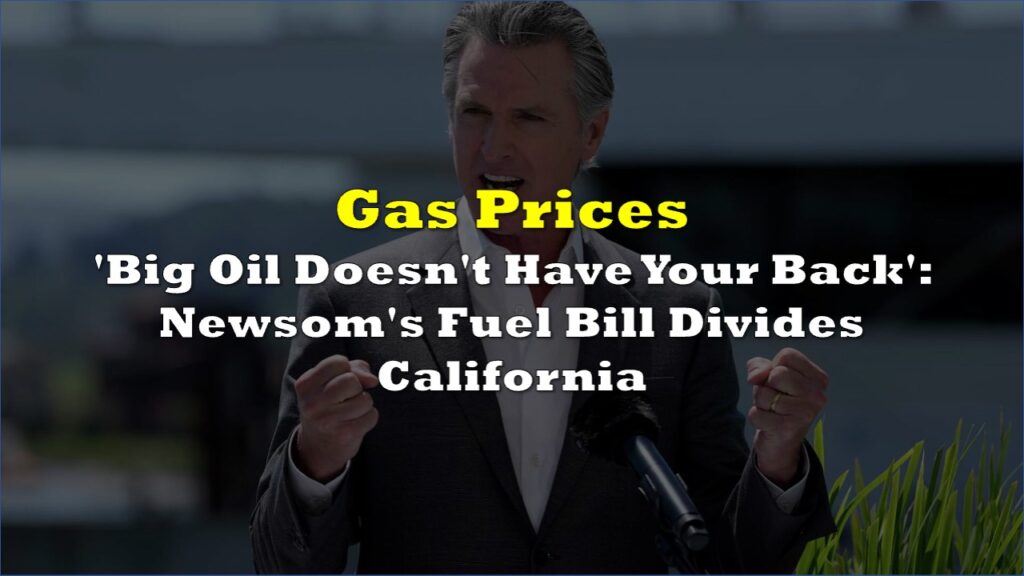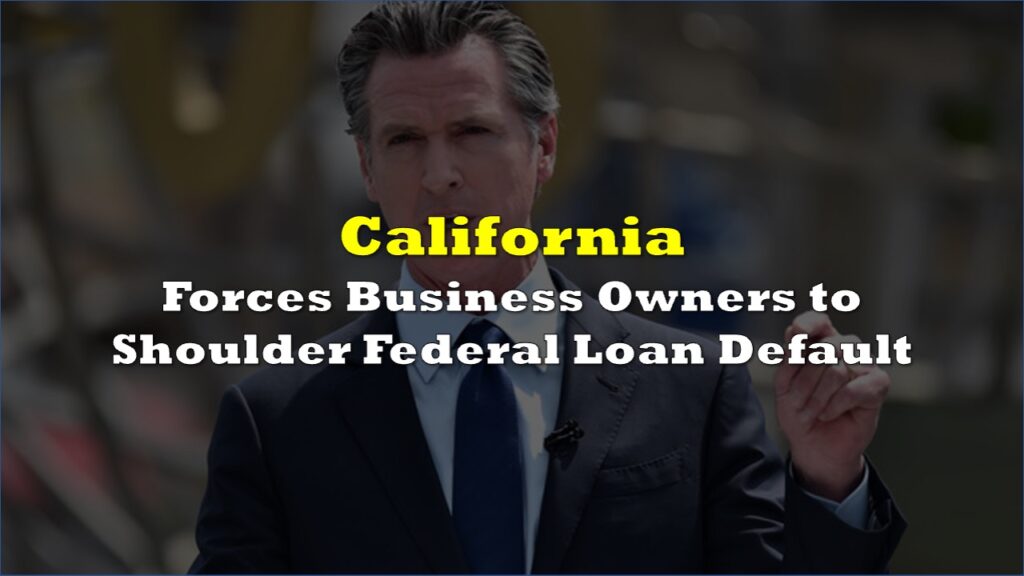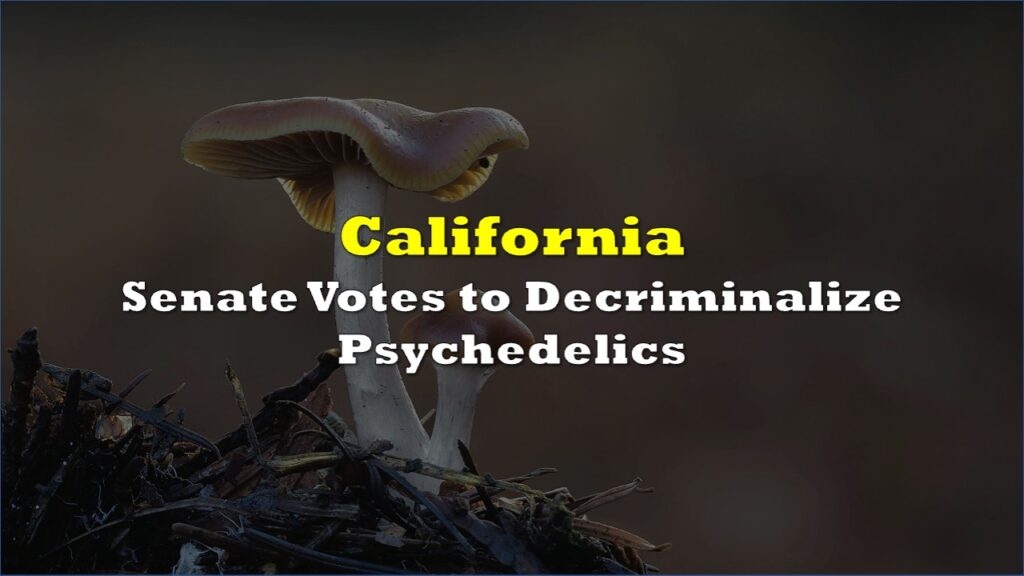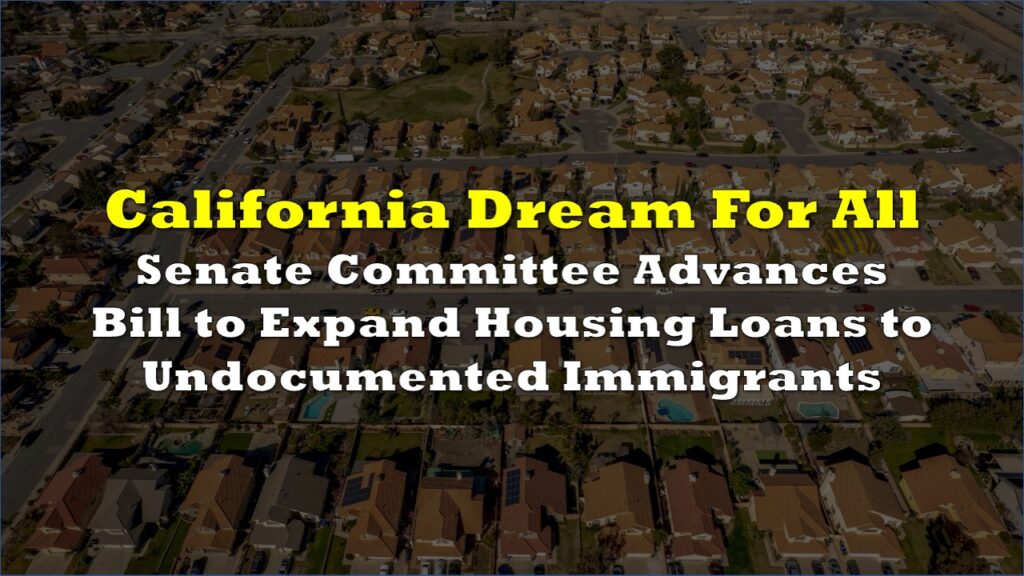Amid the record drought and the looming energy crisis, California declared a state of emergency on Wednesday. The announcement, made after tapping all of the state’s energy supplies, indicated possible rolling blackouts in the coming weeks.
“It’s pretty clear Mother Nature has outrun us,” said Governor Gavin Newsom in a news conference. “The reality is we’re living in an age of extremes — extreme heat, extreme drought.”
Newsom’s proclamation will “allow power plants to generate additional electricity, [permit] use of backup generators to reduce the amount of energy” drawn from the grid, and “[allow] ships in California ports to reduce their consumption of electricity from the grid.”
The emergency declaration was handed down just a day after the California Independent System Operator officials started encouraging citizens to follow energy conservation guidelines, dubbing it the Flex Alert.
California, are you ready to flex your power? #FlexAlert today, Sept. 1, from 4-9 p.m. Now is the time to:
— California ISO (@California_ISO) September 1, 2022
•Set thermostats to 78 degrees, if health permits
•Unplug unused electronic devices
•Turn off unnecessary lights
Part of the alert advisory is asking Californians to “avoid using large appliances and charging electric vehicles,” the latter being a stark contrast to the recently passed state-wide climate bill that bans the sale of gasoline-powered vehicles by 2035. However, the guidelines were recommended for the Flex Alert window time of 4-9pm during Wednesday and Thursday only.
California ISO concluded the Flex Alert after.
Thank you California, we can always count on you! Your conservation efforts helped keep the power grid stable. #FlexAlert has concluded.
— California ISO (@California_ISO) September 2, 2022
However, the emergency order looks at much larger strides beyond household participation in managing the state’s electricity grid. Grid operator Caiso forecasted potential shortages of 3 GW per evening from Sept. 4 through Sept. 6, as it expects the state’s demand to reach 48 GW on the last two days–the state’s highest since 2017.
“We’re seeing some supply uncertainties for later in the day, so we’re asking consumers to help stabilize the grid by conserving electricity,” Caiso spokeswoman Anne Gonzales said in an email.
Part of the climate bill that was passed into law is the move to extend the life of the Diablo Canyon nuclear plant–California’s last two atomic reactors–beyond the scheduled closure in 2025.
Information for this briefing was found via Bloomberg. The author has no securities or affiliations related to this organization. Not a recommendation to buy or sell. Always do additional research and consult a professional before purchasing a security. The author holds no licenses.









